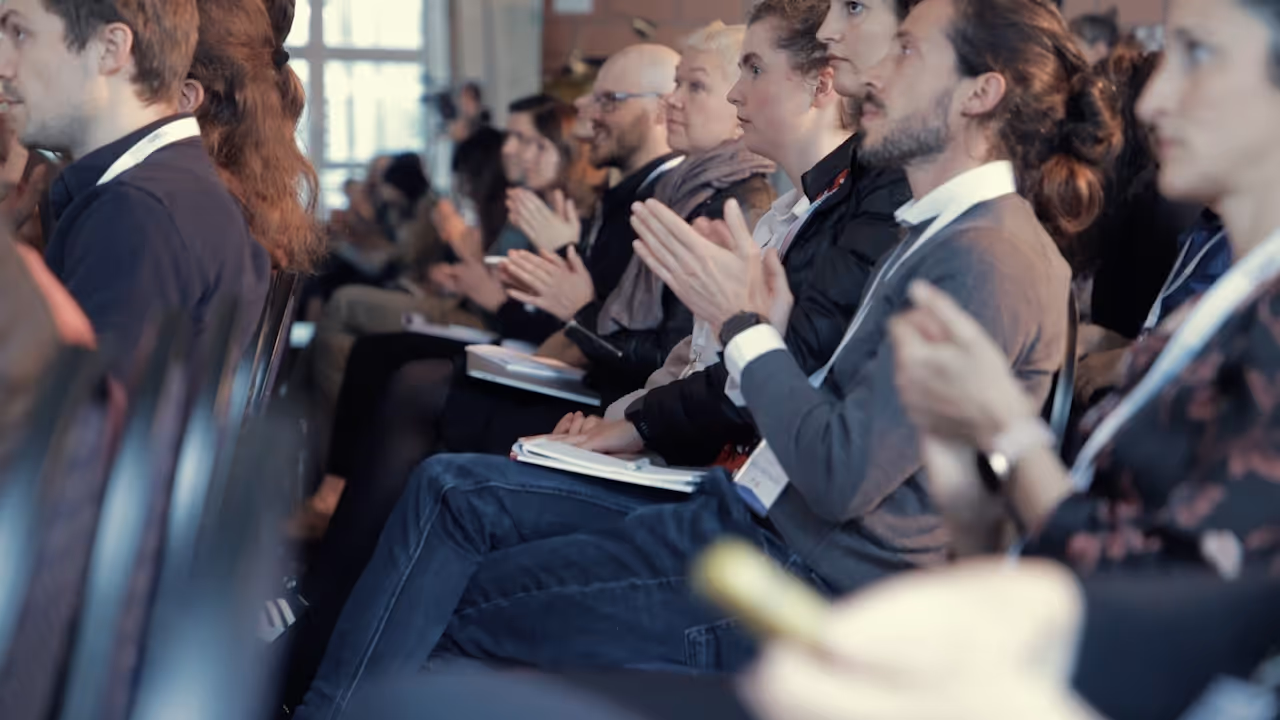MaxWell Webinar with Prof. Dr. János Vörös and Dr. Vaiva Vasiliauskaitė
Thursday, June 26, 2025 | 17:00 CEST
08:00 PDT | 11:00 EDT | 23:00 CST | 00:00 JST
Webinar Hightlights
The webinar covered
- Micro- and nano-channel PDMS platforms enable directional neuronal network fabrication at single-neuron resolution.
- Integration with patient primary or iPSC-derived cells enables precise, personalized disease modeling.
- A biophysical modeling approach coupled with neuronal networks on a chip enables quantification of synaptic receptor alterations in isolated neuronal pairs.
- Application of information theory reveals increased feedback motifs and enhanced information transfer in glioblastoma-infiltrated neuronal networks

Agenda
Single-cell level control of neural networks on HD-MEAs for fundamental neuroscience and disease modeling
Abstract
Diseases of the human nervous system are one of the leading cause of death, scary and often painful. Unfortunately, it is very difficult to find new drugs for these diseases, because preclinical drug testing on animals have little predictive value on human safety/toxicity and especially on efficacy. Recent progress in human induced pluripotent stem cell (iPSC) technology in combination with emerging microphysiological systems (MPS) might provide an opportunity to address some of the challenges related to investigating the nervous system and its diseases. This talk will introduce new tools to create and to interact with well-defined neuronal networks in vitro. PDMS microchannels enable directional connections with single-neuron level control while nanochannels enable the tuning of the connectivity between pre- and postsynaptic neurons. This allows the creation of arbitrary network architectures with real neurons to study fundamental neuroscience paradigms while maintaining a tight connection to experiments. At the same time, it is also compatible with human iPSC-derived cells and primary cells from patients enabling precise disease models towards personalized medicine.
Integrated in vitro platform and in silico modelling approaches for studying synaptic transmission and glioblastoma effects in neuronal circuits
Abstract
Advances in Microelectrode Arrays (MEAs) and in human induced pluripotent stem cell technology have enabled the collection of data with high spatiotemporal resolution. Integrating MEAs with microstructured platforms presents a powerful approach that offers high-throughput and long-term recordings of neuronal networks with precise connectivity, which can be used to study fundamental neural processes such as learning and modelling of human diseases. To optimally navigate the multidimensional parameter space of each experiment, we are developing new computational modelling methods which can optimize experimental protocols and offer in silico hypotheses testing.
In this talk, I will highlight two applications of computational modelling integrated with in vitro platforms. First, I will present a biophysical modelling approach based on Hodgkin-Huxley formalism and likelihood-free inference. Coupled with an experimental platform, capable of isolating and recording from single neuronal pairs, this approach enables quantification of AMPA and NMDA receptor-specific alterations following long-term potentiation stimulation. Second, we examined a clinically-relevant application of how glioblastoma – the most aggressive and prevalent primary brain tumor in adults – disrupts neuronal information transmission at the local circuit level. Using information theory to extract functional connectivity and network science to characterize the resulting functional network structure, we found that glioblastoma-infiltrated networks exhibit a higher prevalence of local feedback motifs and increased information transfer during population bursts. Together, these findings highlight the need for experimentally relevant biophysical models of plastic, reconfigurable neuronal networks to elucidate the mechanisms driving network reorganization in both disease and learning-related plasticity.


